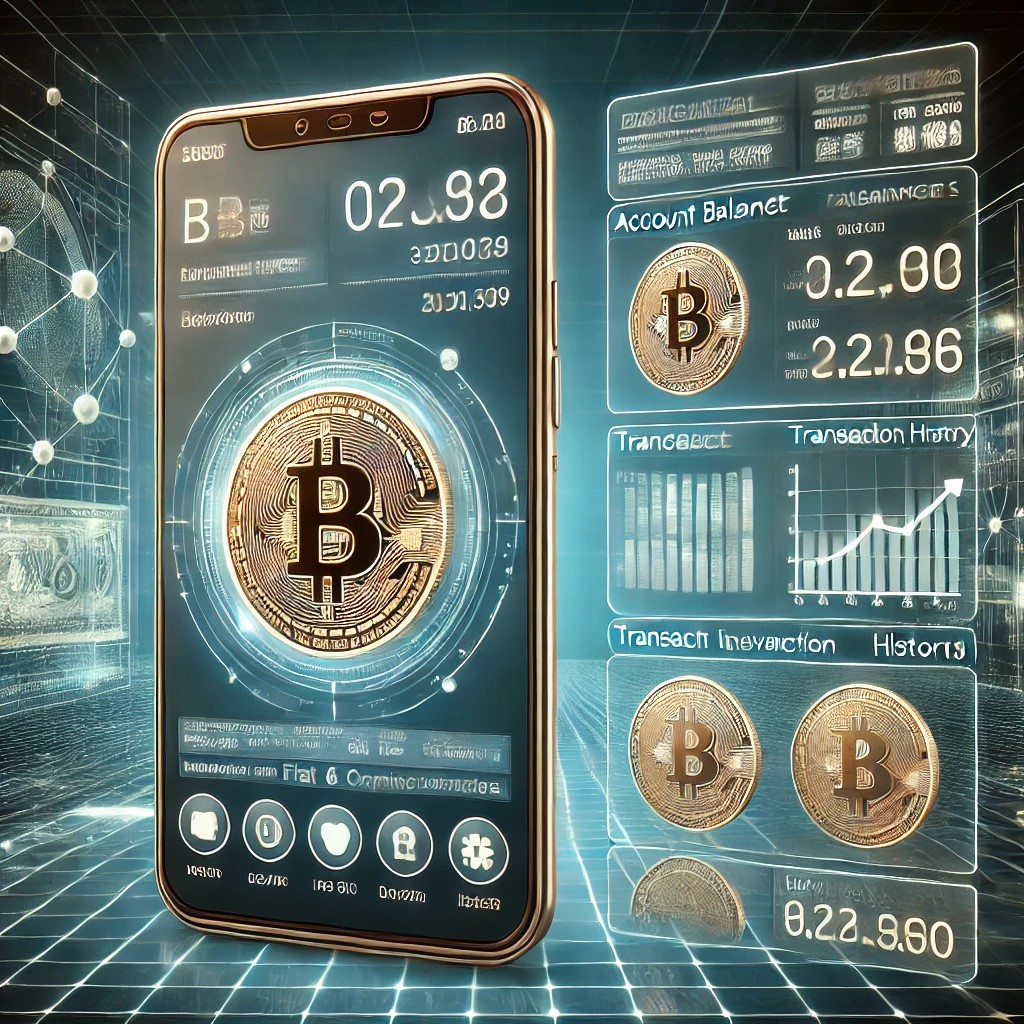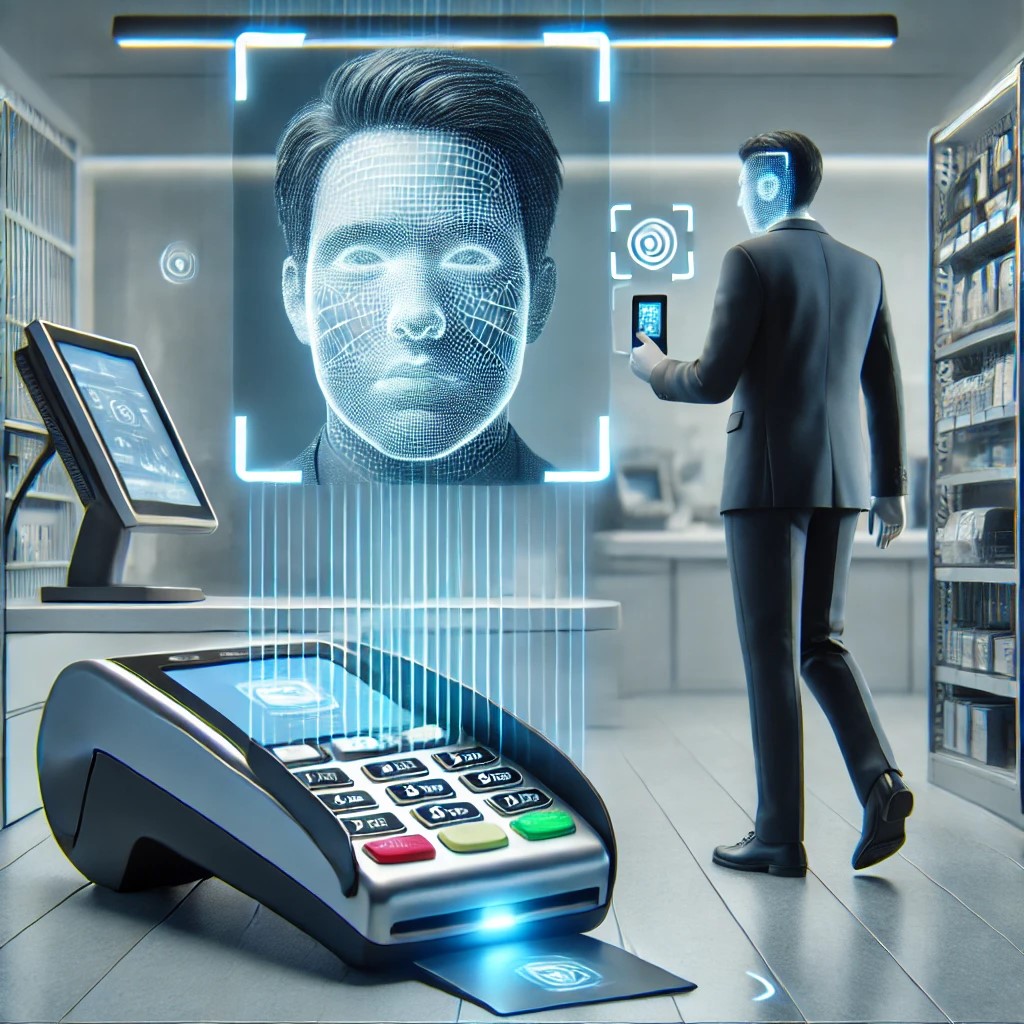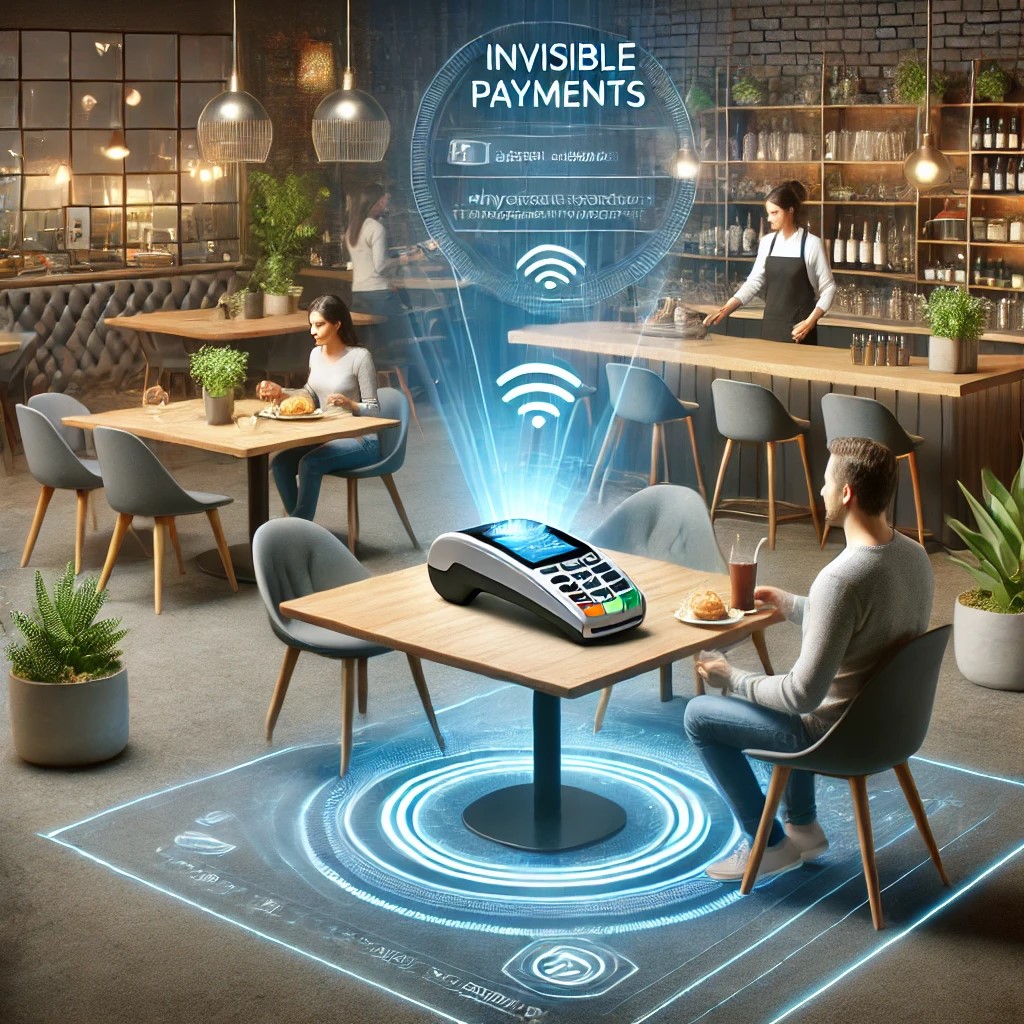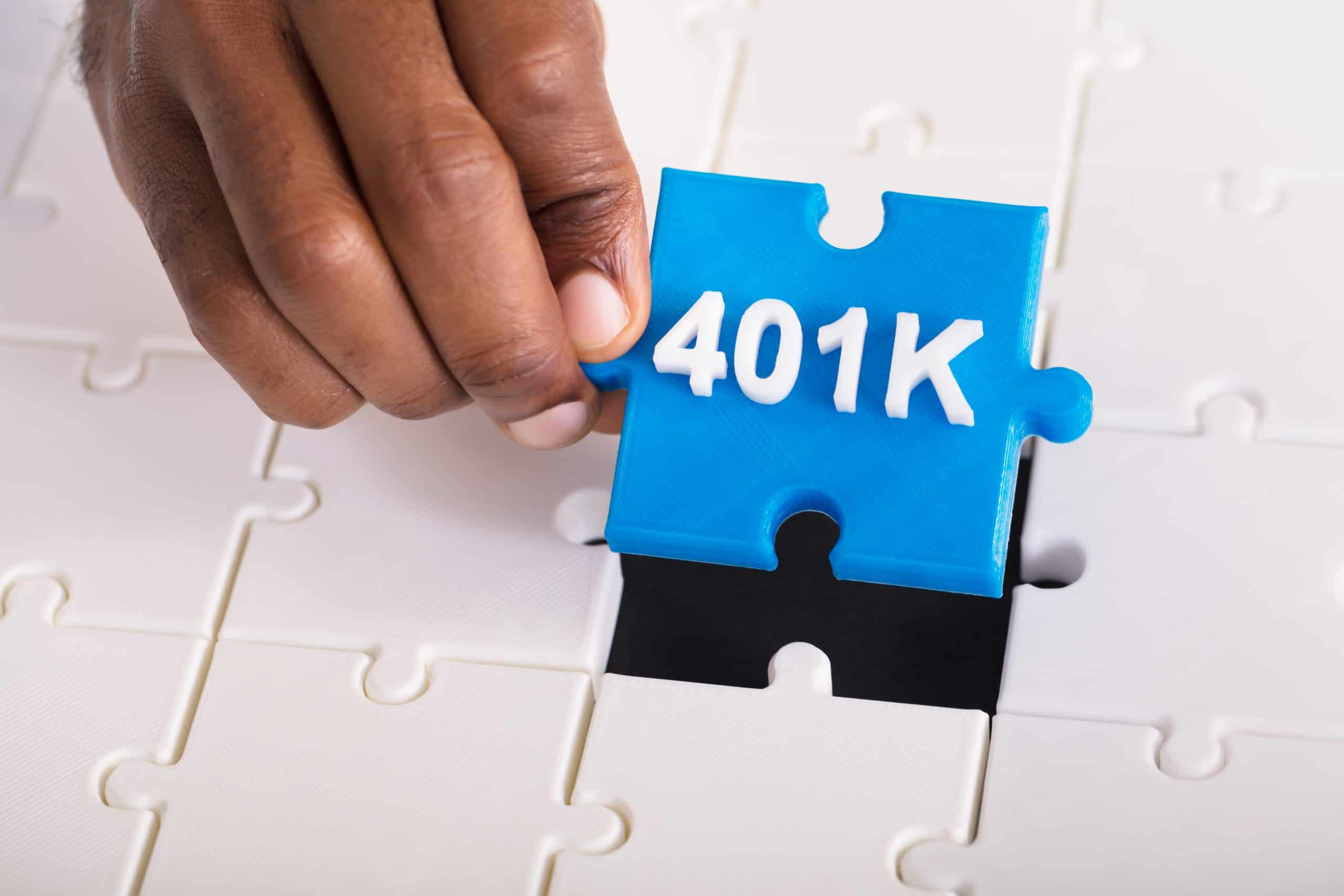The landscape of payment systems has witnessed a dramatic transformation over the past few decades, transitioning from traditional cash transactions to digital wallets. This evolution has been driven by the advent of technology, changing consumer preferences, and a global shift towards digitalization. As we look beyond digital wallets, the future of payment systems promises even more innovative and seamless experiences. This article explores the current trends and anticipates what might come next in the realm of digital payments.

1. Current Landscape of Digital Wallets:
Digital wallets have become ubiquitous, offering consumers the convenience of cashless transactions coupled with high security and speed. Services like Apple Pay, Google Wallet, and Samsung Pay have led the charge, turning smartphones into virtual banks. These platforms have integrated various payment methods, loyalty programs, and even personal finance management tools, making them central to financial interactions for millions globally.
2. Rise of Biometric Payments:
Biometric technologies are set to redefine payment security by using unique physical characteristics such as fingerprints, facial recognition, and even iris scans to authorize transactions. This method not only simplifies the payment process, eliminating the need for passwords or PINs but also significantly enhances security. As biometric technology becomes more refined, it could become the standard for payment authorization in the near future.

3. The Advent of Invisible Payments:
Invisible payments represent the next frontier in the payment system evolution. These involve transactions being automatically completed without any required physical action by the user. For example, ride-sharing apps like Uber already use this model, where rides are automatically charged to the customer’s preferred payment method. This concept could expand to other sectors such as retail and hospitality, significantly enhancing customer experience by eliminating checkout lines and waiting times.
4. AI and Machine Learning in Payment Systems:
Artificial intelligence (AI) and machine learning are set to play pivotal roles in the evolution of payment systems. These technologies can predict consumer behavior, automate anti-fraud checks, and personalize the shopping experience by recommending payment options based on past behaviors. AI could further streamline payment processes and enhance security protocols, setting the stage for smarter, more efficient payment systems.

5. Regulatory and Ethical Considerations:
As payment systems evolve, regulatory and ethical considerations will become increasingly important. Issues such as data privacy, consumer rights, and cross-border transaction regulations will need to be addressed. The future of payment systems will depend heavily on the development of global standards and regulatory frameworks that can keep up with technological advances.
Conclusion:
The evolution of payment systems is poised to continue at a rapid pace, driven by technological advancements and consumer demands for greater convenience and security. From the integration of blockchain and cryptocurrencies to the development of invisible and biometric payments, the future looks promising. However, the success of these new technologies will also depend on addressing regulatory, security, and ethical challenges. As we venture into this future, staying informed and adaptable will be crucial for consumers and businesses alike.

The Impact of Trade Wars on Global Investments

Crypto Wallets Demystified: Which Type Is Right for You?

Financial Freedom for Digital Nomads: Navigating Global Living

The Impact of Technological Disruption on Investment Strategies

How to Invest in Renewable Energy Stocks

The Rise of Robo-Advisors and Its Effect on Traditional Investing

How to Maximize Your 401(k) Contributions
